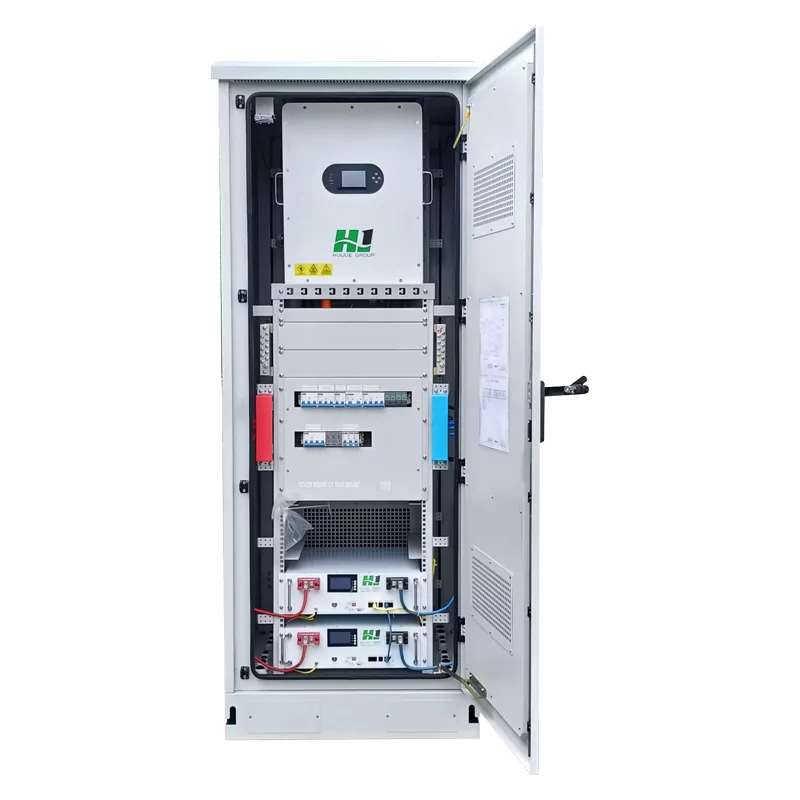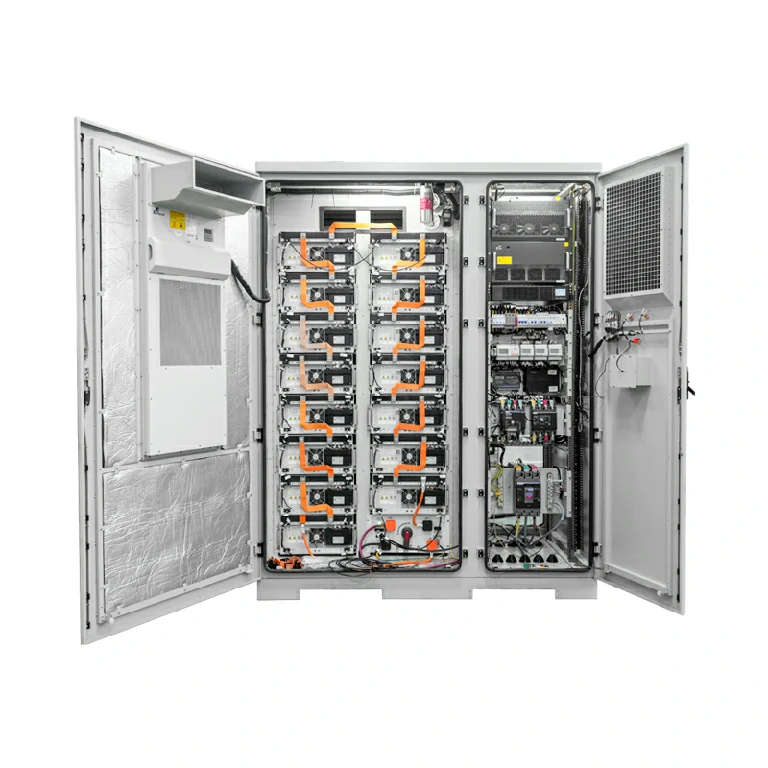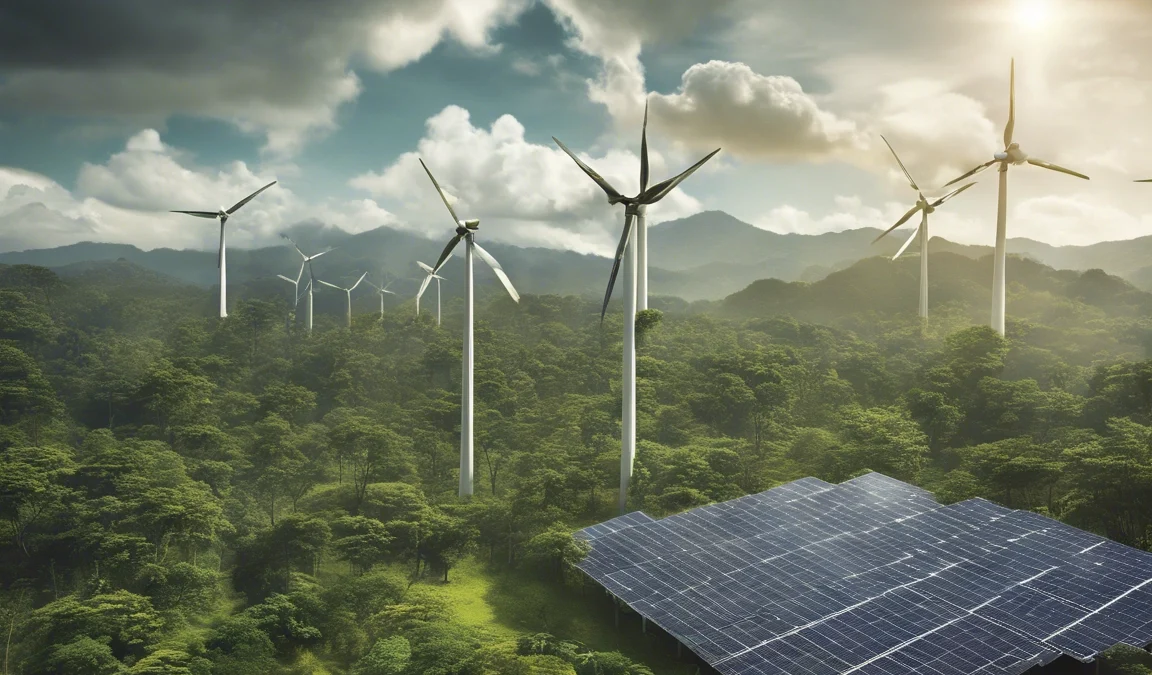Global energy transition is the main reason for the increasing use of energy storage systems in almost every area – power generation, industrial power consumption, and microgrid management. The combination of “renewable energy + energy storage” is becoming more and more popular, so understanding the cost structure and trends of energy storage systems has never been more relevant. This article will offer a detailed dissection of the average price of energy storage systems in 2025 from three angles: price statistics, determining factors, and trend projection, which will facilitate your learning and, subsequently, your focusing on energy storage equipment solutions.
I. Current Cost Status of Energy Storage Systems in 2025
Based on a couple of enterprise reports, the common set up value of strength storage structures in 2025 typically well-knownshows the following characteristics:
At the large-scale device degree (such as industrial and utility power storage projects), the price per kilowatt-hour (kWh) levels from about US$200 to US$400.
At the residential or small-scale device level, the value of a residential strength storage system, along with batteries, inverters, construction, and installation, is roughly in the vary of US$6,000 to US$23,000 (taking a capability of 10 kWh to 30 kWh as an example).
Significant regional variations exist: for example, the common price in China has been pronounced as about $101 per kWh, whilst in the United States it averages about $236 per kWh.
These figures illustrate that even though the fee of electricity storage structures has diminished significantly, it stays in a stage the place “considerable capital investment” is required. Understanding its elements is critical for each company decision-making and family purchasing.

II. Cost Structure: From Battery Cells to System Integration
To virtually draw close the idea of “energy storage cost,” it is vital to ruin down its key components: batteries, strength conversion systems, gadget balancing components, set up and construction, and operation and maintenance.
1. Battery Cell Cost
As the most indispensable aspect of the system, the battery’s chemistry (such as lithium iron phosphate (LFP) or nickel-cobalt-manganese (NCM) in lithium-ion batteries at once determines the fee level.
Reports point out that through 2025, the rate of lithium-ion batteries in power storage structures should be as low as about $150 per kWh.
The decline in battery expenses is one of the key drivers of widespread value reduction.
2. Power Conversion System (PCS)
This consists of inverters, transformers, and manage systems, changing the battery’s direct cutting-edge (DC) strength into grid-connected or usable alternating modern-day (AC).
This component typically accounts for a medium percentage of the system cost, but significantly impacts system efficiency and grid compatibility.
3.System Balancing Components (BOS) and Installation
System balancing includes the Battery Management System (BMS), cooling system, safety features, monitoring system, structural support, and wiring.
Installation and construction costs vary considerably depending on project size and geographical environment (e.g., climate, geography, construction difficulty).
For example, some data indicates that in some residential energy storage systems, inverter costs range from $1000 to $1500, and wiring and monitoring costs from $200 to $500.
4.Operation and Maintenance Costs
Even after the system is built, expenses persist for battery degradation, cooling power consumption, system testing, component replacement, and regular maintenance.
While annual costs are relatively low compared to the initial investment, the long-term cumulative costs are still substantial.
III. Key Factors Affecting the Cost of Energy Storage Systems
The fee of an strength storage device is no longer constant however is influenced with the aid of more than one variables. The following elements are mainly critical:
Technological and Material Advancements: Iterative developments in battery technological know-how (such as greater power density and longer lifespan technologies) can extensively decrease the price per kilowatt-hour (kWh). Larger manufacturing scale and declining fabric prices additionally play a role.
Geographic and Economies of Scale: Larger challenge scales, greater machine standardization, and extra mature bulk tools procurement usually end result in decrease unit prices per kWh. Conversely, decentralized, small-scale structures have greater costs.
Policy and Subsidy Environment: Factors such as tax incentives, electrical energy subsidies, grid connection policies, and set up subsidies have a full-size affect on the fee shape of residential or industrial electricity storage systems.
Supply Chain and External Costs: Fluctuations in battery cloth fees (lithium, cobalt, nickel, etc.), transportation costs, tariffs, engineering set up complexity, and land and constructing prerequisites all make contributions to fluctuations in the complete cost.
IV. Future Trends: Cost Decline and Value Increase in Parallel
Looking ahead, the fee of strength storage structures is predicted to proceed to decline, whilst their utility price will similarly increase.
Many establishments predict that with technological maturity and furnish chain optimization, the fee per kWh of strength storage structures is predicted to similarly limit to under the cutting-edge range.
At the equal time, the cost of power storage structures in situations such as renewable electricity grid connection, peak-valley arbitrage, and microgrid/distributed electricity administration will increase, using a shorter financial payback period.
For companies, this capability that in strength storage machine investment, “selecting super equipment, optimizing machine design, and extending gadget lifespan” will turn out to be vital to success.
V. Company Recommendations: How to Leverage This Trend for Energy Storage Deployment
For energy storage equipment suppliers or engineering deployment parties, grasping the current cost range and future trends is key to gaining a market advantage. As practitioners in the photovoltaic energy storage industry, here are a few suggestions:
Build an integrated product chain from energy storage battery modules to system integration cabinets to EMS energy management systems to improve solution reliability and operation and maintenance efficiency.
We offer modular and scalable energy storage systems for customers of different sizes (such as residential, small business, and large industrial energy storage) to adapt to varying cost requirements and business models.
We strengthen after-sales service and system monitoring capabilities, as these are crucial for reducing operation and maintenance costs and extending system lifespan.
We promote the fact that “energy storage costs have entered a downward trend” to boost customer confidence and guide users to focus on long-term value, not just initial investment.
In conclusion
While the average cost of energy storage systems in 2025 will still be relatively high, it has decreased significantly compared to previous years. With technological advancements and the accelerated release of economies of scale, energy storage systems are gradually shifting from a “high-investment exploration” phase to a “mainstream application deployment” phase.
If you are considering an energy storage project and comparing equipment solutions, choosing a supplier with strong technical capabilities and comprehensive system integration capabilities will be key to ensuring the long-term stable operation of your project.
Welcome to learn about our company’s advantages and solutions in energy storage equipment. We look forward to working with you to contribute to the energy transition and create a new era of energy storage.







